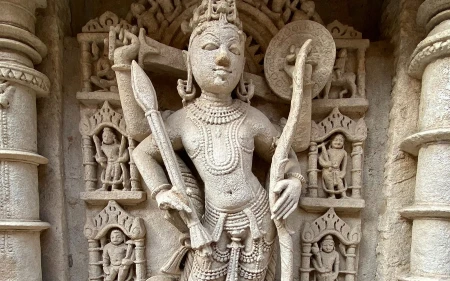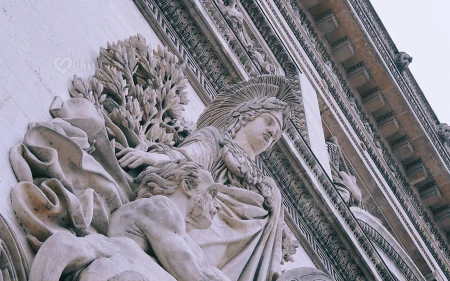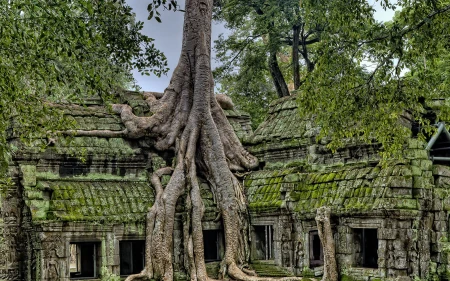
Cultural Symbols: Power & Meaning
Every culture has its own unique set of symbols that convey deep meanings and hold immense power. These symbols often embody the beliefs, values, and history of a society, serving as a tool for communication and a reflection of the collective identity. In this article, we will explore various cultural symbols, their meanings, and the impact they have on our understanding of the world.
Symbolism in Art & Architecture
Cultural symbols can be found in a wide range of artistic expressions, from paintings and sculptures to architecture and design. These symbols often convey specific messages and serve as a visual representation of a society's values and beliefs.
For example, the Eiffel Tower in Paris is not only an architectural marvel but also a symbol of French pride, innovation, and culture. Similarly, the ancient Egyptian pyramids represent the power and grandeur of the Egyptian civilization and their belief in the afterlife.
Mythology & Folklore: Rich Sources of Symbolism
Mythology and folklore often contain a wealth of symbolic imagery that reflects the cultural beliefs and values of a society. These stories serve as a mirror for the human experience, using symbols to convey deeper meanings and universal truths.
In Greek mythology, for instance, the story of Icarus serves as a cautionary tale against the dangers of hubris, as he flies too close to the sun with his wax wings and ultimately falls to his death. Similarly, the Native American trickster figure, Coyote, embodies the dual nature of humanity, capable of both wisdom and foolishness.
Nature as a Cultural Symbol
Nature has long been a source of inspiration and symbolism in various cultures, with many societies attributing spiritual or divine qualities to elements of the natural world. For example, in Hinduism, the lotus flower represents purity and spiritual growth, while in Japanese culture, the cherry blossom symbolizes the fleeting nature of life and the beauty of impermanence.
- Real-life example: In Celtic mythology, the oak tree is considered sacred and symbolizes strength, wisdom, and longevity.
- Storytelling approach: In the African folktale of Anansi the Spider, the cunning protagonist uses his wit to overcome various obstacles, teaching readers about the importance of intelligence and resourcefulness.
In conclusion, cultural symbols hold immense power and meaning, serving as a reflection of a society's values, beliefs, and history. By exploring the rich tapestry of symbols found in art, mythology, and nature, we can gain a deeper understanding of the diverse cultures that make up our world. Embracing these symbols allows us to appreciate the richness of human experience and fosters a sense of connection and unity across cultural boundaries.


















